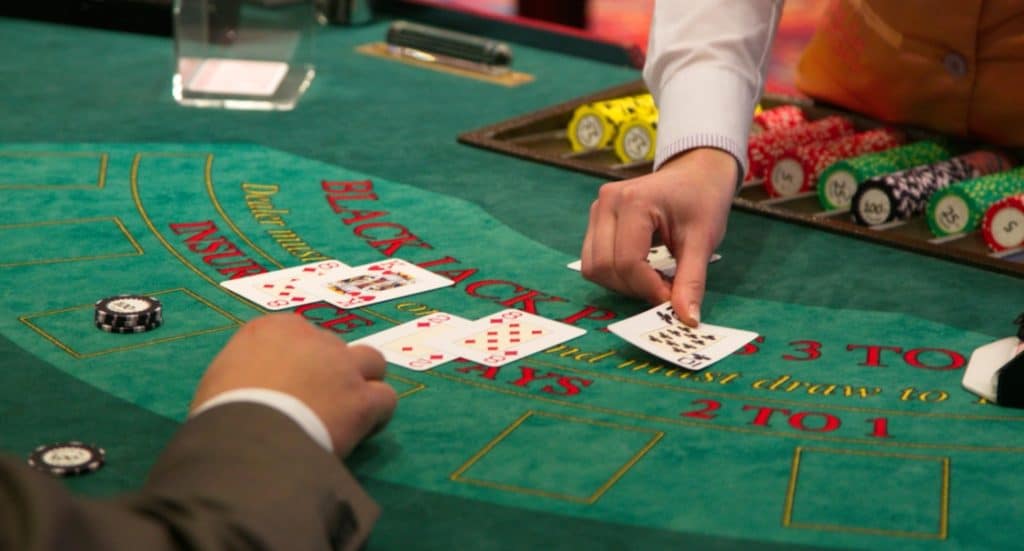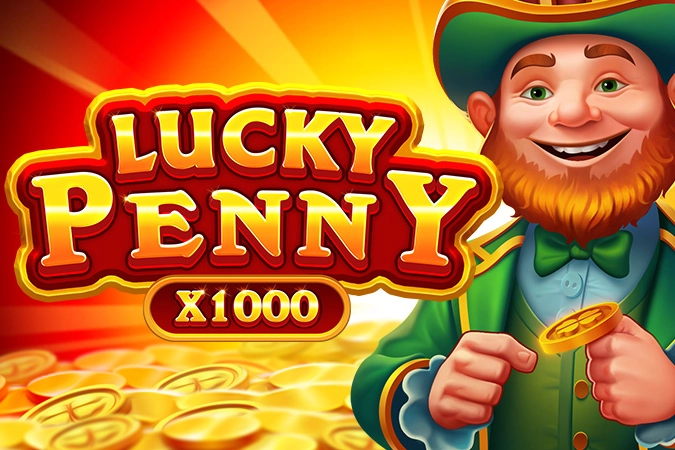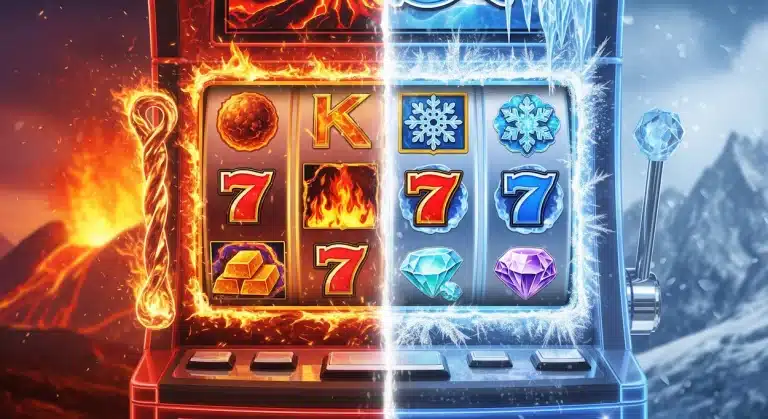Blackjack is a game of skill and strategy, where knowing when to make a move can be the difference between a big win and a frustrating loss. Among the most powerful tools in a player’s arsenal is the “double down,” a move that can instantly double your payout on a favorable hand. However, it’s also a high-stakes decision that requires more than just a gut feeling. Mastering the art of doubling down is a fundamental part of playing with a solid basic strategy.
What Does ‘Doubling Down’ Actually Mean?
At its core, doubling down is a player option to increase their initial wager by up to 100% after receiving their first two cards. The catch? In exchange for this opportunity, you are only allowed to receive exactly one more card, regardless of its value. This makes it a high-risk, high-reward maneuver. It’s a calculated gamble that should only be taken when the odds are heavily in your favor, giving you the chance to maximize your winnings on a statistically strong hand.
The Core Principle of Doubling Down
The fundamental goal behind doubling down is to capitalize on a situation where you have a significant advantage over the dealer. This typically occurs when the dealer’s visible card is a low value (such as a 4, 5, or 6), which gives them a high chance of busting (going over 21). By doubling down, you are not just hoping for a good card; you are betting on the combined probability of you getting a decent total and the dealer having a high likelihood of a bad outcome.
When to Double Down: The Golden Rules
According to blackjack basic strategy, there are three primary scenarios where doubling down is the correct play.
1. Doubling on a Hard 9:
If your two cards total 9 (without an Ace), you should double down against a dealer’s upcard of 3, 4, 5, or 6. You have a good chance of getting a 10-value card to hit 19, and the dealer is vulnerable.
2. Doubling on a Hard 10 or 11:
This is one of the most profitable moves in blackjack. If your two cards total 10 or 11, you should double down against any dealer’s upcard, except for a 10 or an Ace. Hitting a 10-value card to get a total of 20 or 21 is a very strong outcome, and the odds of doing so are high. When the dealer’s upcard is a 10 or Ace, you should simply hit.
3. Doubling on Soft Hands:
A “soft hand” is any hand that includes an Ace. A soft hand allows for more flexibility because the Ace can be counted as either 1 or 11. You should double down on:
- Soft 13 to 18: Against a dealer’s upcard of 5 or 6.
- Soft 15 to 18: Against a dealer’s upcard of 4.
| Your Hand (Hard) | Dealer’s Upcard | ||||||||||
|---|---|---|---|---|---|---|---|---|---|---|---|
| Total | Composition | 2 | 3 | 4 | 5 | 6 | 7 | 8 | 9 | 10 | Ace |
| 9 | 5-4, 6-3, 7-2 | Hit | Double | Double | Double | Double | Hit | Hit | Hit | Hit | Hit |
| 10 | Any except 5-5 | Double | Double | Double | Double | Double | Double | Double | Double | Hit | Hit |
| 11 | Any except 6-5 | Double | Double | Double | Double | Double | Double | Double | Double | Double | Hit |
| Your Hand (Soft) | Dealer’s Upcard | ||||||||||
| Total | Composition | 2 | 3 | 4 | 5 | 6 | 7 | 8 | 9 | 10 | Ace |
| 13-14 | Ace-2, Ace-3 | Hit | Hit | Double | Double | Hit | Hit | Hit | Hit | Hit | Hit |
| 15-16 | Ace-4, Ace-5 | Hit | Hit | Double | Double | Double | Hit | Hit | Hit | Hit | Hit |
| 17-18 | Ace-6, Ace-7 | Hit | Hit | Double | Double | Double | Hit | Hit | Hit | Hit | Hit |
A Final Word of Caution
Doubling down is an aggressive and strategic move, but it is not a magic bullet. Following basic strategy significantly increases your chances of success over time, but it does not guarantee a win on every hand. A calculated risk is still a risk, and it’s possible to lose even when you make the mathematically correct decision. Always practice responsible gaming and view doubling down as a tool to improve your overall odds, not as a shortcut to a sure-fire win.







